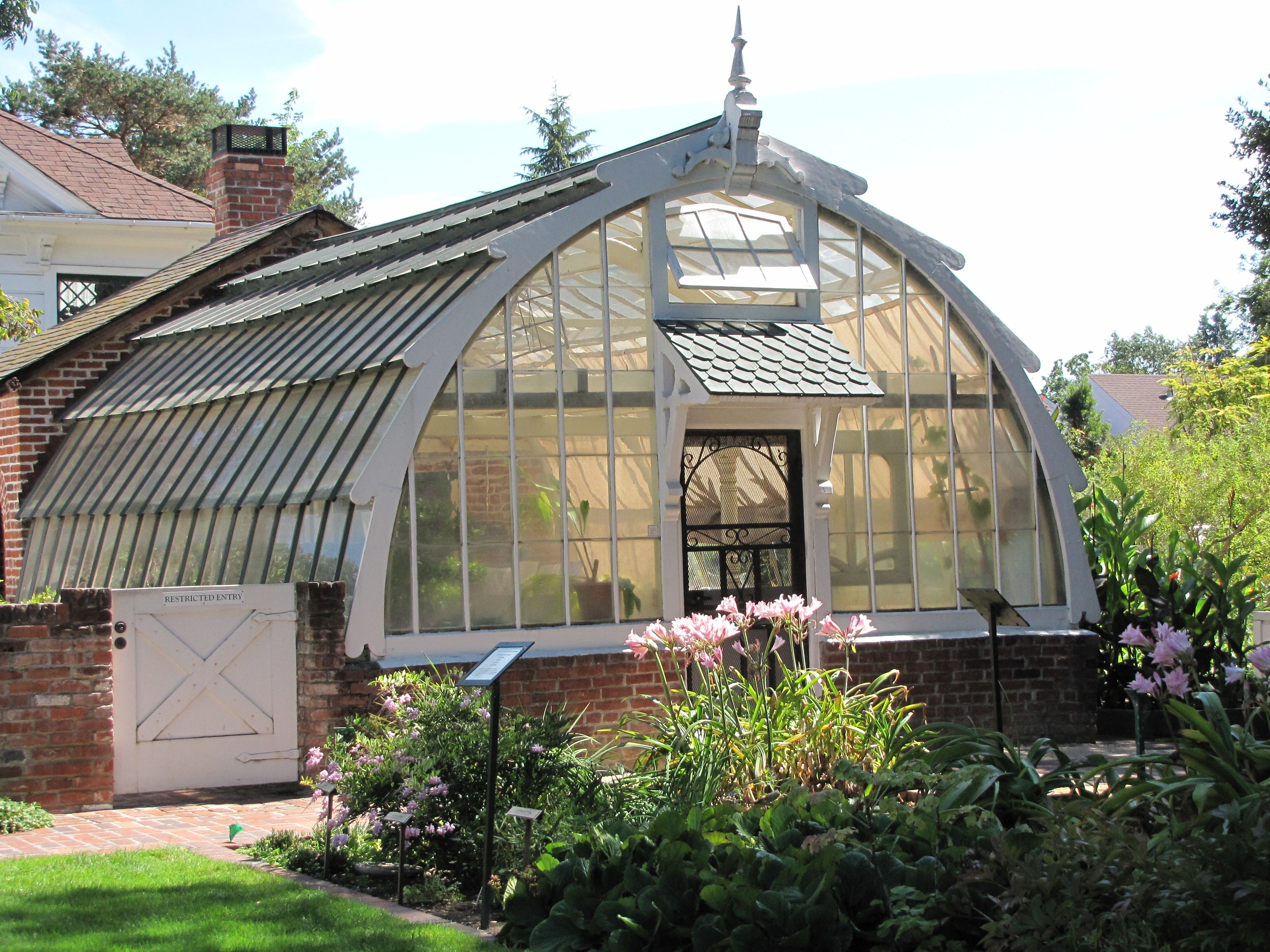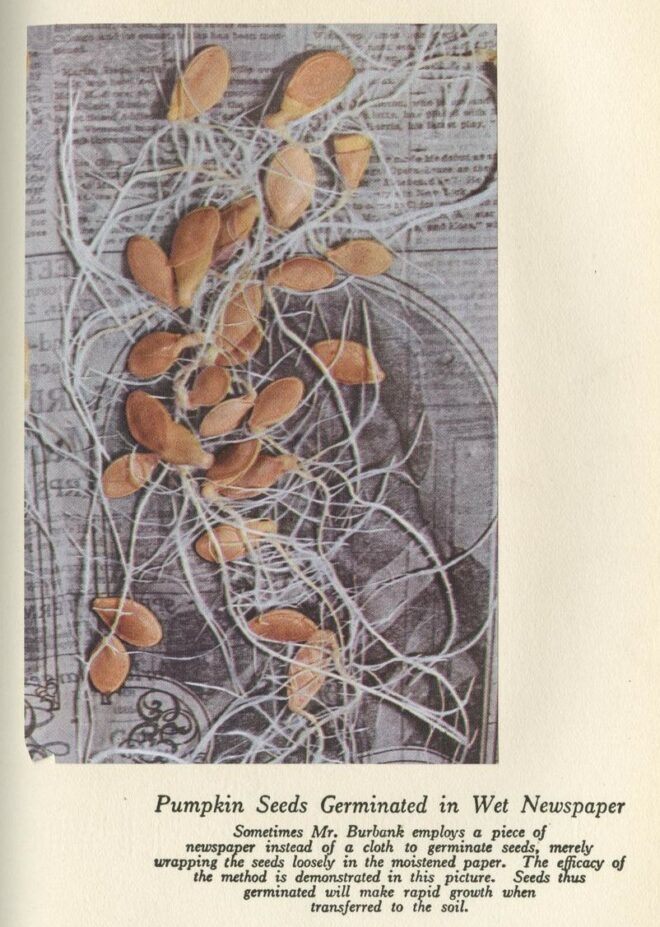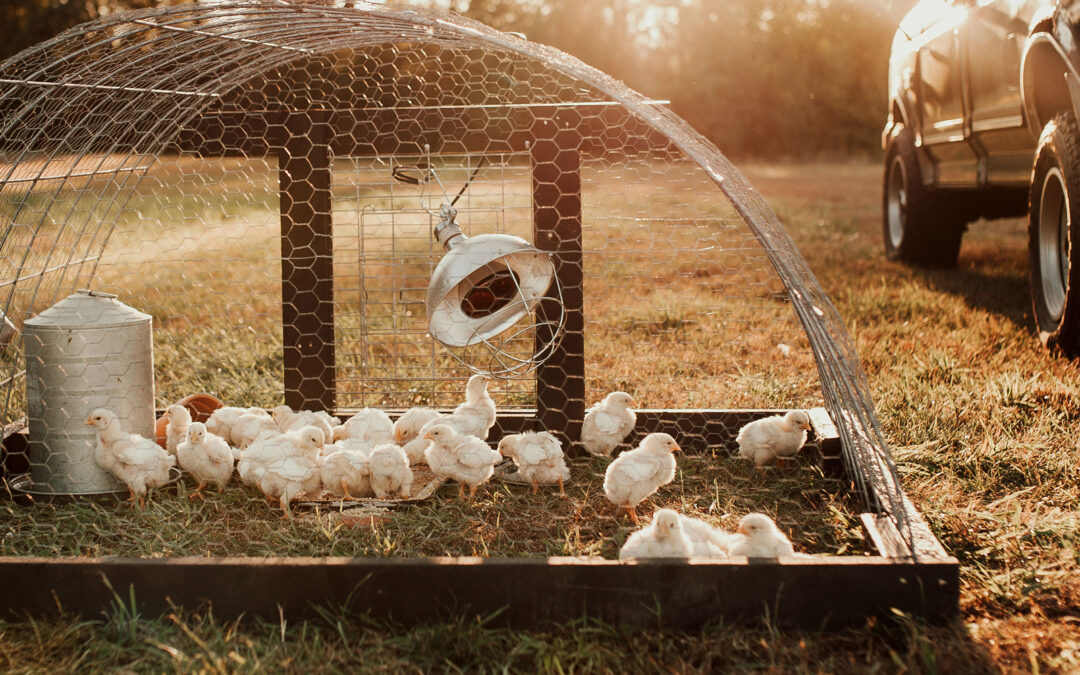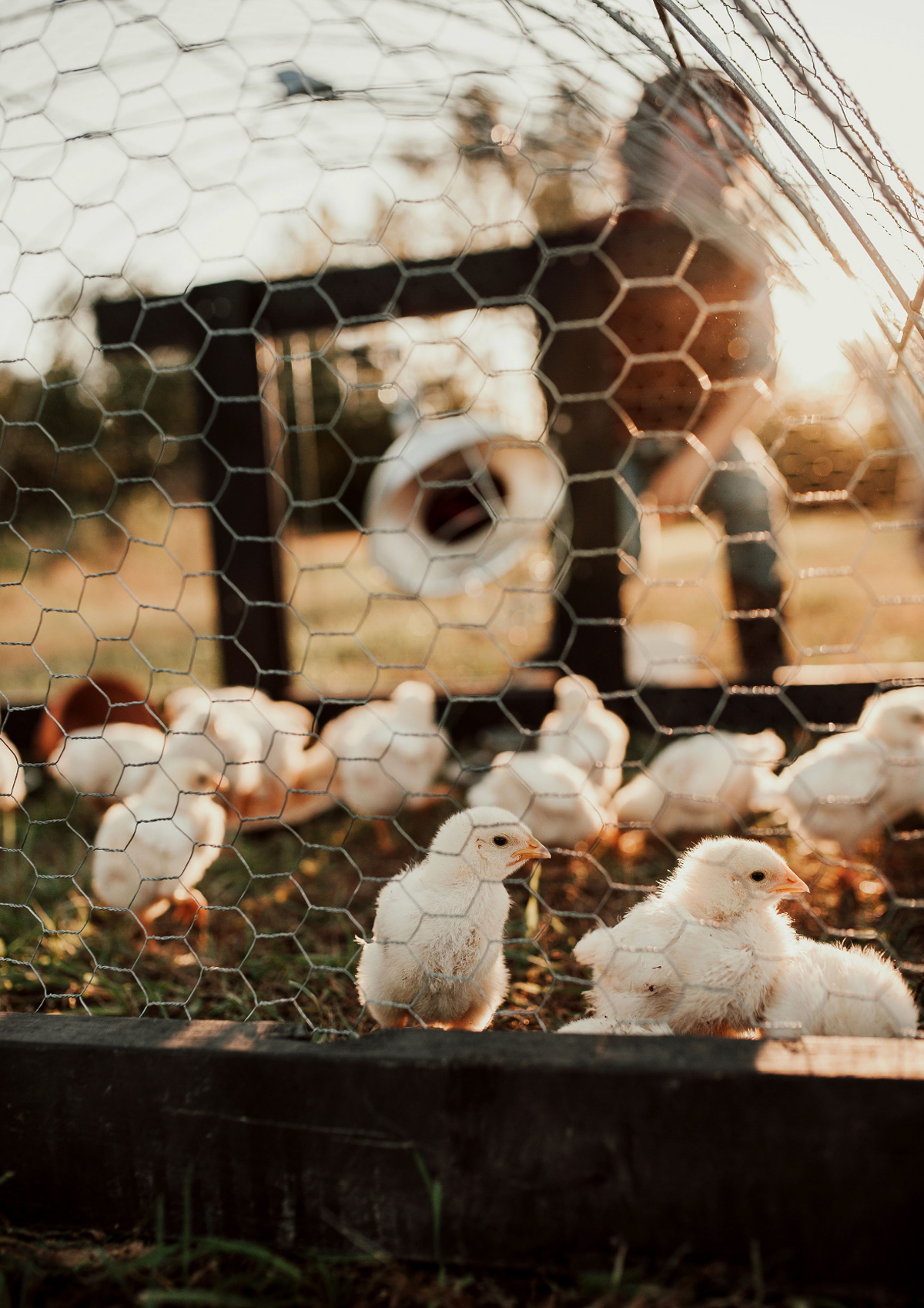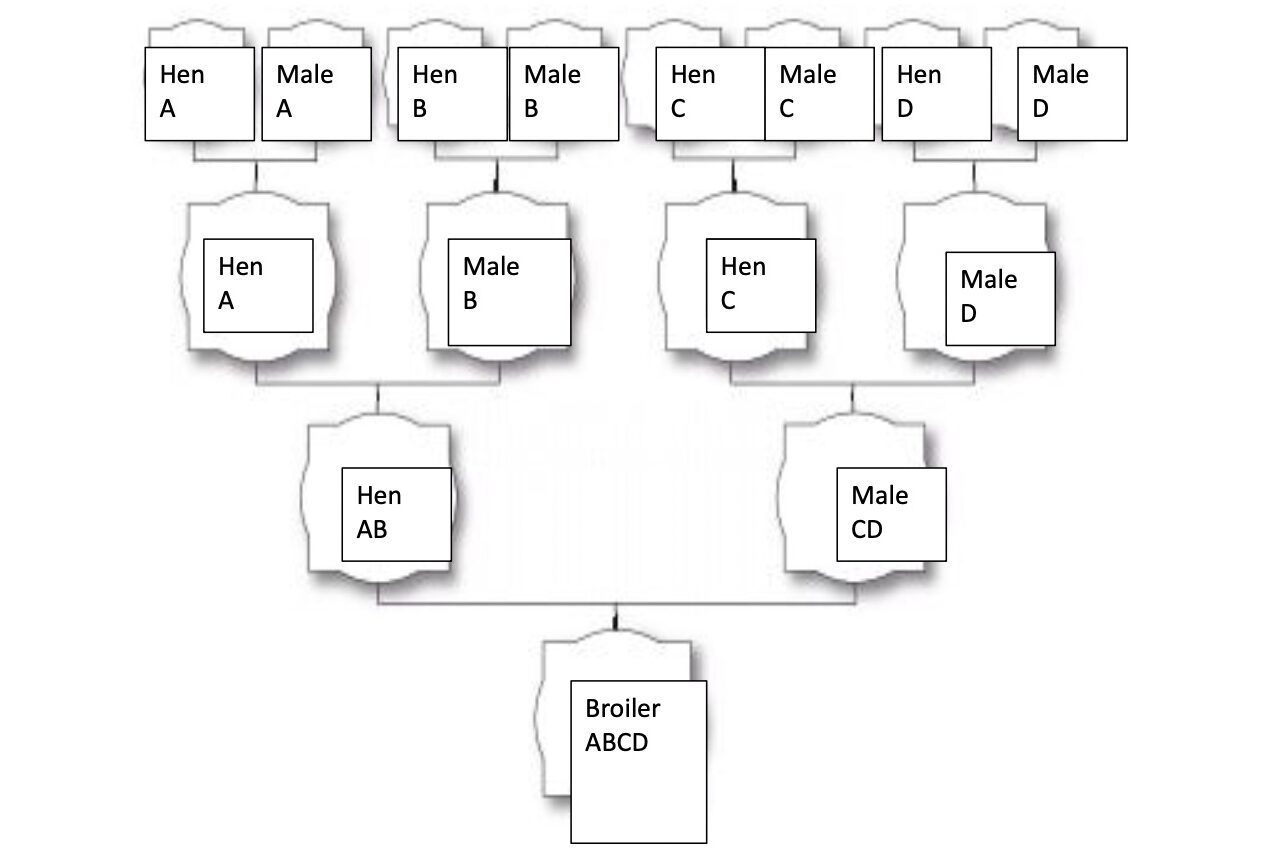acespicoli
Well-known member

Data resources and tools
EMBL's European Bioinformatics Institute maintains the world’s most comprehensive range of freely available and up-to-date molecular data resources.
Last edited:

















| SOME EXPERIMENTS OF LUTHER BURBANK. |

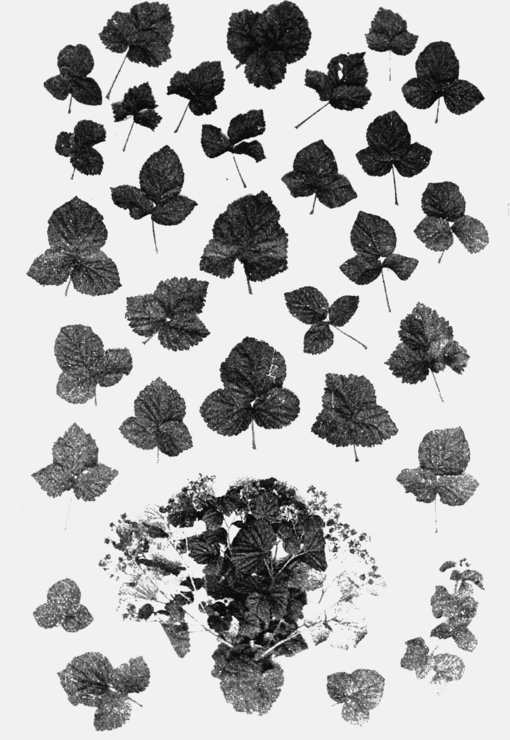
| Pollen acts as a poison. | Grafts blight and die as if poisoned. | |||
| Union partial, mosaic or temporary; seed rarely produced; seedlings generally inherit tendencies and qualities of one parent only; second or later generations revert fully. | Grafts often form a temporary union but are not in a normal condition. Avoided by nurserymen and planters with great care, as results are often disastrous to the grower. | |||
| Union free; seedlings show unbalanced condition, varying widely; often unusually vigorous; best condition for scientific or natural selection. Good qualities can be made permanent to the race. | Mendelian or Mutative State. | Grafts unite readily but separate under unusual stress—drought, overbearing, lack of nourishment, etc. Avoided by nurserymen and planters. | ||
| Unite freely; seed of superior germinating quality produced abundantly. Seedlings normal with ordinary amount of variability. | Unusual Variation. | Grafts unite readily, thriving well; sometimes better than when grafted on their own stock. | ||
| Ordinary plant life as oftenest met with. | Normal. | Grafts unite and thrive as we oftenest see them. | ||
| Self-fertile; seed produced, but as there are very limited opportunities for profitable variations, this state ultimately ends in | Grafts grow on their own roots. | |||
| Extinction. |

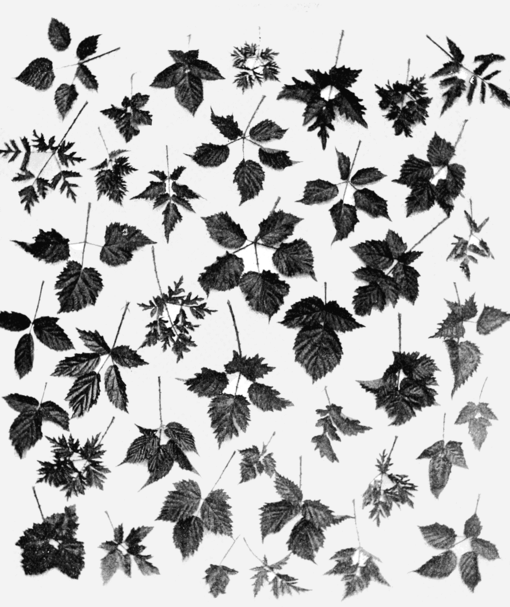



 Sample of Hybrid Poppies. This red poppy can even be divided at the root and multiplied like the perennial oriental poppy. These hybrids have generally a dark mark at the base of the scarlet petals as in the oriental poppy; in some the leaves are smoothish and glaucous, as in the opium poppy; in most, deep green and hairy, more as in the other. Many flowers have their stems coalescent with that of the neighboring flower.
Sample of Hybrid Poppies. This red poppy can even be divided at the root and multiplied like the perennial oriental poppy. These hybrids have generally a dark mark at the base of the scarlet petals as in the oriental poppy; in some the leaves are smoothish and glaucous, as in the opium poppy; in most, deep green and hairy, more as in the other. Many flowers have their stems coalescent with that of the neighboring flower.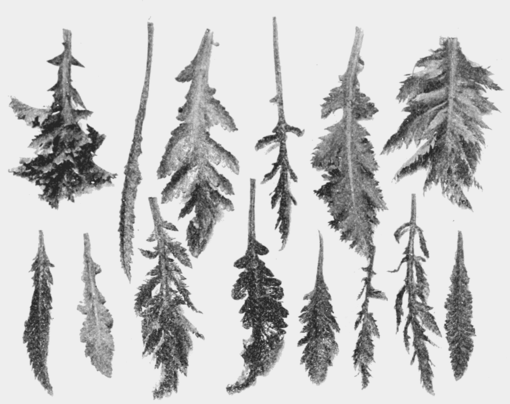


 Original and Improved Beach Plum.
Original and Improved Beach Plum.

 Thallus and Fruit of Spineless Cactus.
Thallus and Fruit of Spineless Cactus.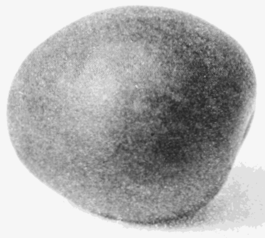 The Plumcot—an Absolutely New Fruit. usual; others earlier or later ripening and with larger or smaller fruit or leaves, and an almost bewildering number and variety of other variations. A peach-almond cross often develops a tree as large as ten peach trees or almond trees of the same age. Sometimes a similar cross with different individuals of the same species will produce opposite or totally different results, owing to past heredity, either recent or far back. Crosses are sometimes more vigorous than either parent and more than any descendant, but other cases are just the reverse. The more variant crosses are often less vigorous, and sometimes yield seedlings that can not exist. Sometimes all die in the fruiting season. A peach named 'Quality' is one of the best peaches extant—a cross of the Muir and the Crawford. A cross of the nectrine and peach also produces variant types of value. In some hybrids of petunia and tobacco, the roots fail while the tops may be of unusual vigor. These individuals can only be kept alive for any length of time by grafting, another instance—if other were needed—of the parallelism of crossing and grafting.
The Plumcot—an Absolutely New Fruit. usual; others earlier or later ripening and with larger or smaller fruit or leaves, and an almost bewildering number and variety of other variations. A peach-almond cross often develops a tree as large as ten peach trees or almond trees of the same age. Sometimes a similar cross with different individuals of the same species will produce opposite or totally different results, owing to past heredity, either recent or far back. Crosses are sometimes more vigorous than either parent and more than any descendant, but other cases are just the reverse. The more variant crosses are often less vigorous, and sometimes yield seedlings that can not exist. Sometimes all die in the fruiting season. A peach named 'Quality' is one of the best peaches extant—a cross of the Muir and the Crawford. A cross of the nectrine and peach also produces variant types of value. In some hybrids of petunia and tobacco, the roots fail while the tops may be of unusual vigor. These individuals can only be kept alive for any length of time by grafting, another instance—if other were needed—of the parallelism of crossing and grafting.



